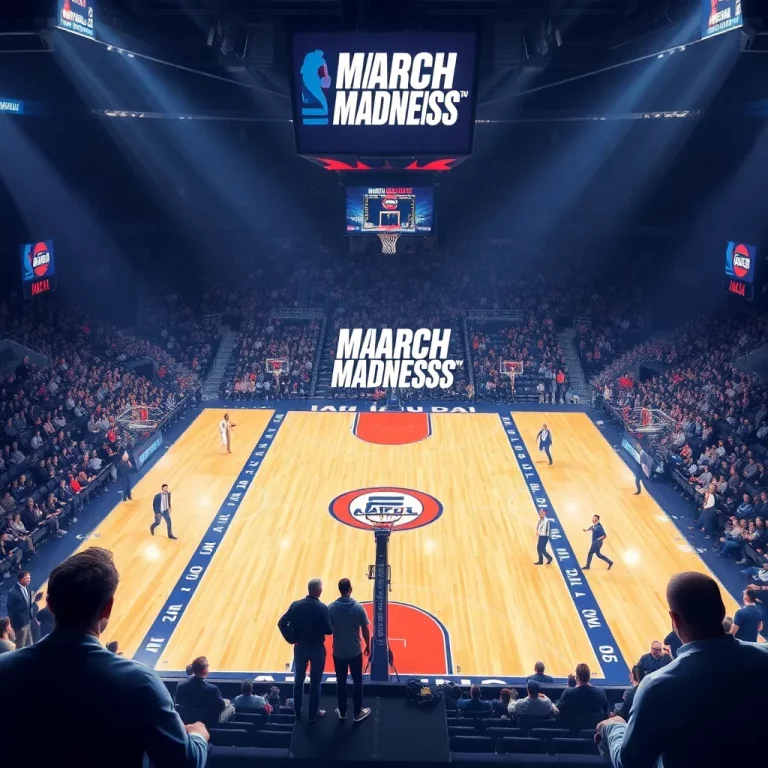INDIANAPOLIS – This week, discussions surrounding the potential expansion of the March Madness basketball tournaments have gained traction during meetings of the committees for men’s and women’s Division I basketball. Although no immediate decisions were made, NCAA senior vice president of basketball Dan Gavitt mentioned that the still viable outcomes could include keeping the tournaments at 68 teams or considering an expansion to either 72 or 76 teams before the 2026 or 2027 championships.
The push for tournament expansion began gaining momentum last spring when the NCAA president highlighted that it could add value to the NCAA events. He expressed interest in settling the matter in the coming months, emphasizing the engaging discussions with television partners CBS and Warner Bros., whose contract runs until 2032 at approximately $1.1 billion a year.
However, challenges arise when considering the logistics of including more teams, especially in relation to the currently structured First Four. This segment of the tournament, which consists of four games held on the Tuesday and Wednesday prior to the main bracket, is essential for placing four teams into the existing 64-team format.
While not much has been publicized regarding a concrete plan for how an expansion would take place, there’s a steady stream of speculation. Ideas mostly revolve around increasing the number of at-large teams, mainly from major conferences, into the 64-team bracket. This could potentially reduce spots for champions of lower-level conferences. Presently, two of the First Four games feature automatically qualifying 16-seed teams from smaller conferences, while the other two include at-large teams, often seeded around 11 or 12.
Commissioner of the Southeastern Conference, voiced a strong opinion against the current model, questioning its longevity. He cited cases like North Carolina State, which advanced to the Final Four as an 11-seed in 2023, illustrating how competitive teams from big conferences can make extensive runs in the tournament.
Discussions on tournament expansion reflect ongoing debates about where to draw the line between rewarding major conference teams and providing opportunities for lower-seeded, lower-conference teams. As this conversation develops, any potential recommendation for expansion would need to be approved by the NCAA’s Board of Directors when they convene in August. The outcome of these discussions could significantly shape the future structure of college basketball tournaments.


